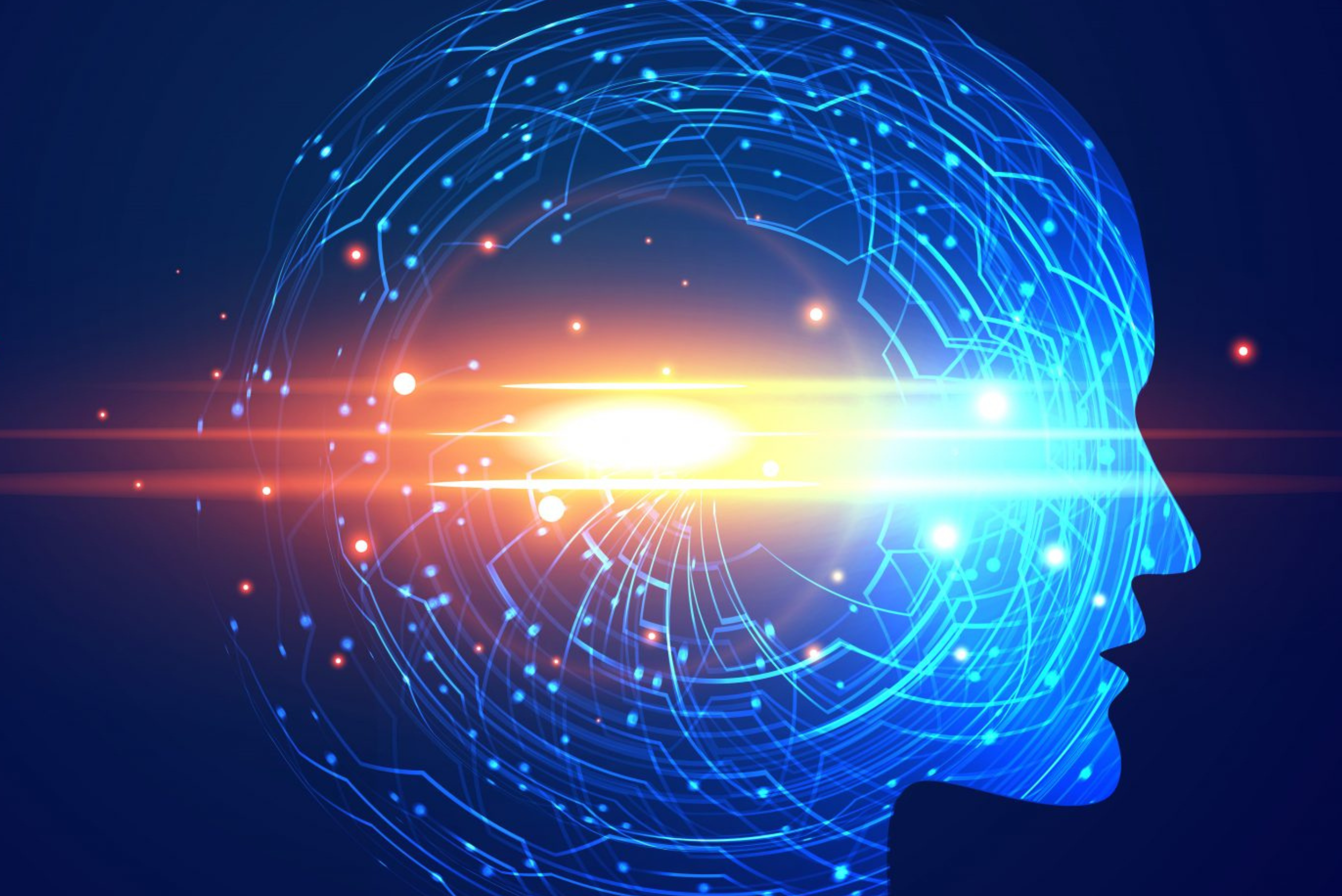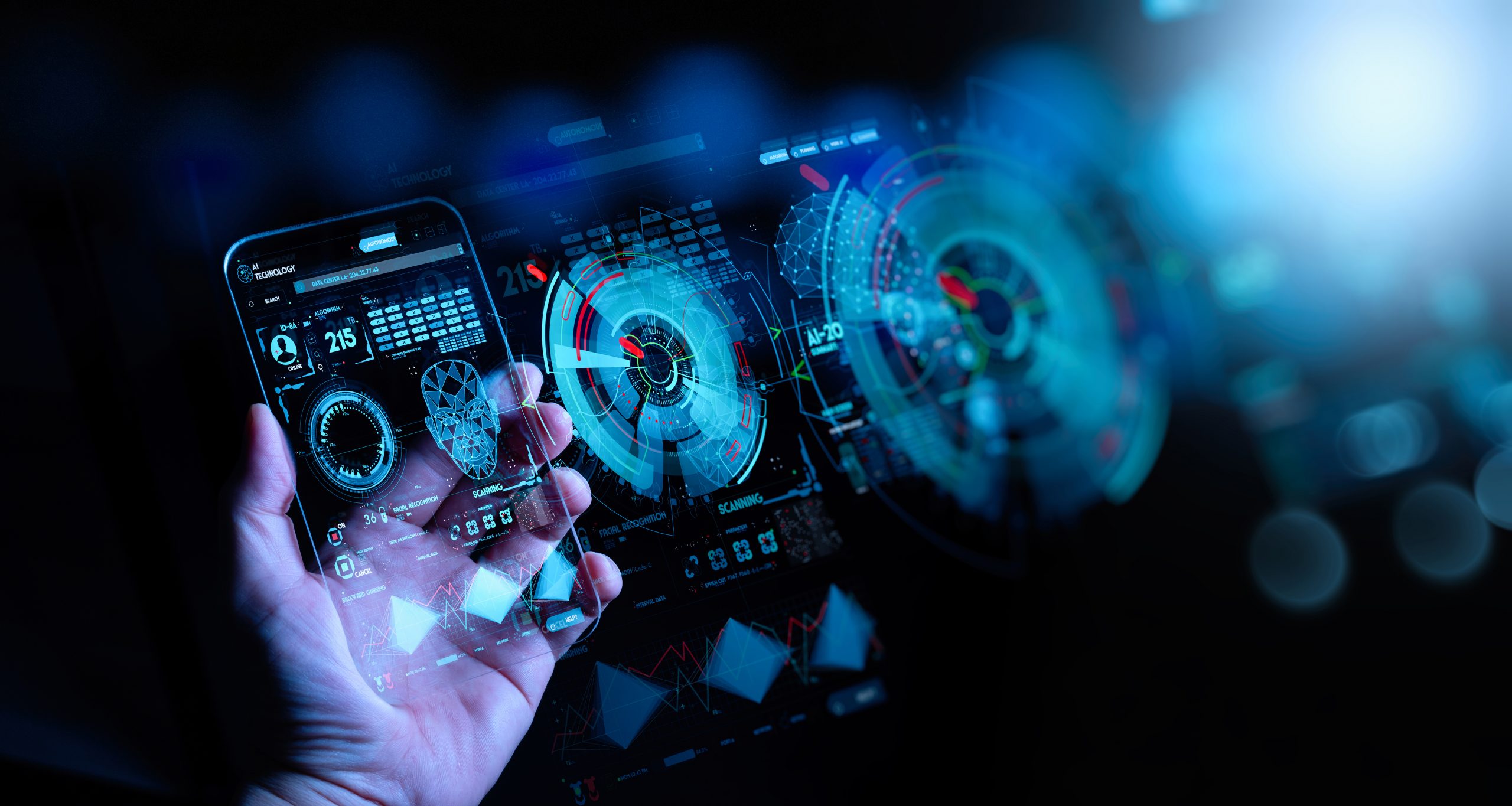
The Future of Artificial Intelligence
For more than half a century, several of the world’s most prestigious universities in developing countries have invested vast amounts of resources to build Artificial Intelligence (AI) so capable that it is indistinguishable from that of a human being.
However, it has been in the last decade when AI has accelerated its development, partly thanks to the popularity of Machine Learning algorithms (neural networks, SVM, clustering, etc.) as a fundamental concept for the adoption of AI and to the opening of Open Source AI libraries, frameworks and APIs to facilitate programming for those who did not have a large knowledge base in this field. Likewise, the emergence of Big Data architectures and techniques for massive data management has also been a key factor in making AI a reality today in multiple sectors.
Can machines learn?
A system learns when it is able to make changes to itself over time, with the aim of improving its performance on tasks in a particular environment.
A relatively general definition of learning in the human context might be: “The process through which skills, abilities, knowledge, behaviours or values are acquired or modified as a result of study, experience, instruction, reasoning and observation”. From a practical point of view, a system never stops learning. Therefore, a decision to put a decision-making system into production can be taken when we consider that system to be “ready”, i.e. when its performance exceeds a threshold that gives us some confidence or assurance that the success rate is sufficiently high for the nature of the problem at hand.

On the other hand, AI makes it possible for machines to learn from experience, adjust to new inputs and perform tasks as humans do. However, the task of data analysis and evaluation is still in the hands of humans.
Therefore, AI is aimed at solving problems that need intelligence in their resolution. Moreover, the goals of AI are far from being a real threat to the population. Given its growing influence in today’s world, it is best to begin to understand it for what it is.
A key to modern intelligent
As mentioned above, one of the keys to modern intelligent systems is sophistication. Although for certain problems the application of rule-based models (IF-THEN) may be sufficient, the problem comes when the complexity and the number of rules increase. Sometimes they are not simple rules, they are complex. You cannot foresee all the options you may encounter. Therefore, in those cases, the rules cannot be programmed manually.
Machine Learning, the heart of AI
For all of the above, the key is the system’s ability to learn automatically, without being explicitly programmed each time. This is the heart of AI and is called Machine Learning. In short, ML is applied to systems where we do not know the laws that govern them.
The field of Machine Learning is based on mathematics and algorithms. An algorithm is a process with a series of steps leading to a result. Machine Learning is a field that combines statistical, probabilistic and mathematical aspects, which arise from iterative learning from data and the search for hidden insights that can be used to create intelligent applications.
Despite the immense possibilities of Machine Learning, a deep mathematical understanding of many of these techniques is needed to understand how algorithms work and what is required to get good results.
In short, the accelerated progress in the field of Machine Learning is turning all the research work to date into business-applicable use cases with benefits and high value in all kinds of sectors and unimaginable applications.
Want to know how we can help you? Get in touch today 👉 marketing.en@atsistemas.com

